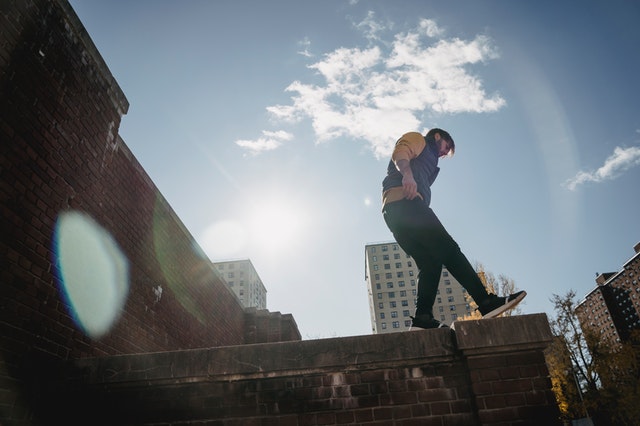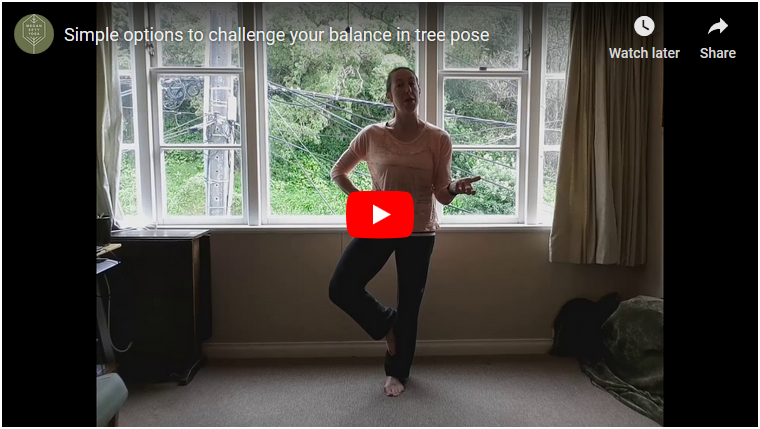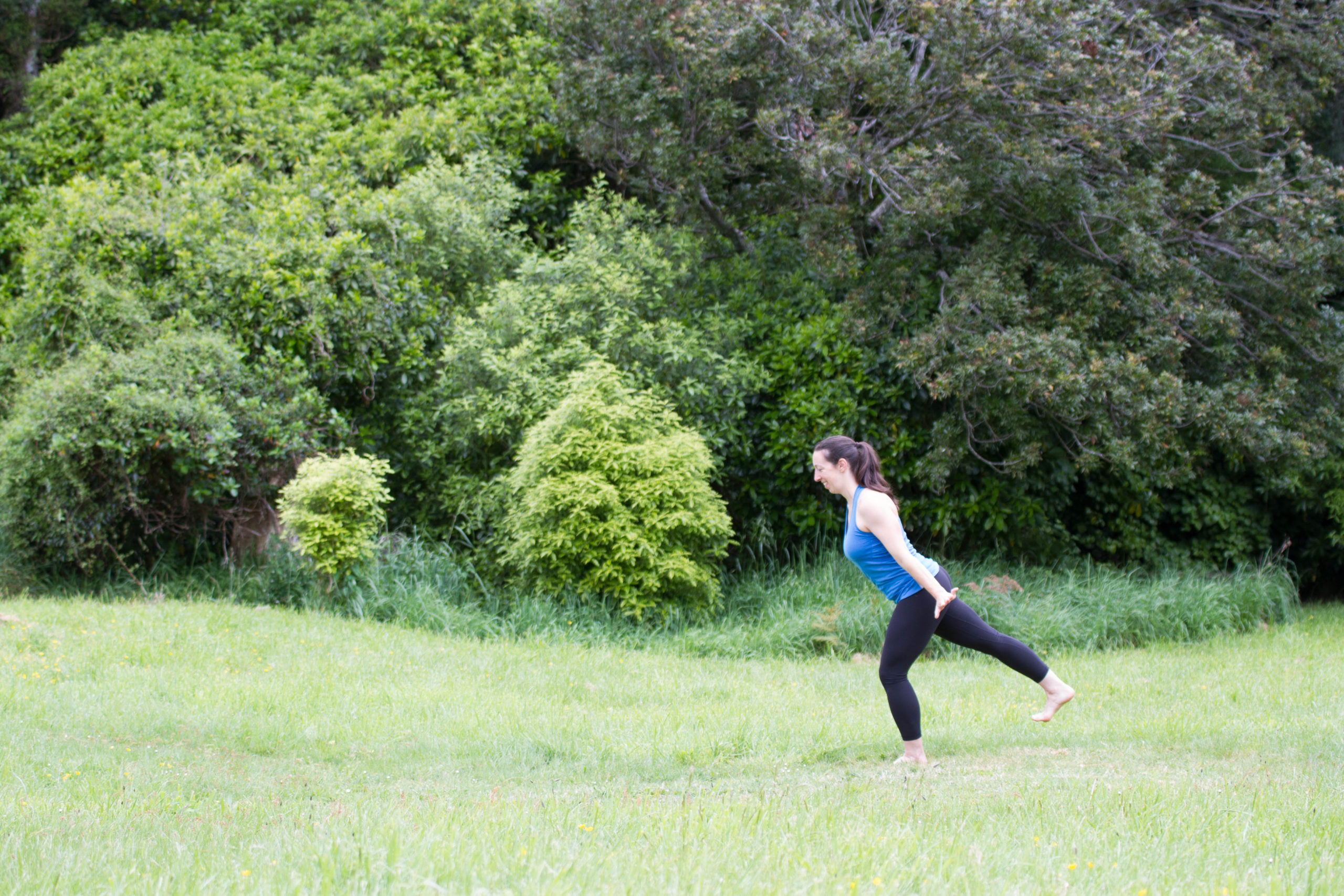While scrolling through the latest news from the Australian and New Zealand Falls Prevention Society, I came across a blurb extolling a world-first in measuring balance exercise intensity from Monash Universty. Exciting, I know! But wait, what’s balance exercise intensity?
Researchers have defined balance exercise intensity as “the degree of challenge to the balance control system relative to the capacity of the individual to maintain balance.” In lay terms, you could just say balance exercise intensity is asking how hard is it to balance when trying an activity that is designed to challenge your balance.

Ok, with that sorted, back to the world-first from Monash University – in short they came up with a scale to measure how hard it is to balance. There are two versions, one for health professionals (like physios and physical therapists) that asks 12 questions, which adds up to a rating system of how hard the balance activity was. The other version is for the person trying to balance (called the exerciser) there is just one question: on a scale of 1 to 5, how hard did you have to work to keep your balance during this task?
I had a look at the scales and I was underwhelmed, though I’m sure they might have pratical use for clinical providers working one-to-one with patients. But then I read the article about developing and testing the scale. There were two findings I found really interesting:
- there tended to be agreement between the exerciser and the health provider about how difficult the balancing activity was
- the health providers in the study underprescribed high-intensity balance tasks – basically they didn’t challenge their patients as much as they were capable of being challenged
The first point might seem logical, but what’s important is that basically your own perception of how difficult it is to balance is a simple and an accurate measure. In other words, you know your body and you know what is challenging.
The second point was intriguing, especially as the researchers stated:
The reluctance of therapists in this trial to push exercisers to high levels of balance challenge for one-third of tasks, even in controlled 1:1 conditions with a set protocol, suggests that exercisers are not working at or near the limits of postural stability during routine exercise programs even when supervised.
From the The Balance Intensity Scales for Therapists and Exercisers Measure Balance Exercise Intensity in Older Adults: Initial Validation Using Rasch Analysis
They go on to say that it’s a surprising finding given it is recommended to challenge individual’s balance to help maintain and improve balance, ultimately to prevent falls and injuries, particularly as we age. They weren’t able to surmise why because they hadn’t asked this information in their study.
As a yoga teacher, I know I’m cautious about encouraging people to challenge themselves because I don’t want people to risk injury.
But if you take these two findings together, it leads me to think that people can make their own choices about how much to challenge their balance. The key is having options and progressively increasing the challenge, so that you can dial up or down the level of challenge to an amount that feels effortful but safe.
Simple ways to increase the amount of challenge in your standing balance including closing one or both eyes, moving your arms, turning your head or changing where you are looking, and lifting your heels. In a previous video post I walk you through how to apply these to the common yoga pose, vrksasana (tree pose).



